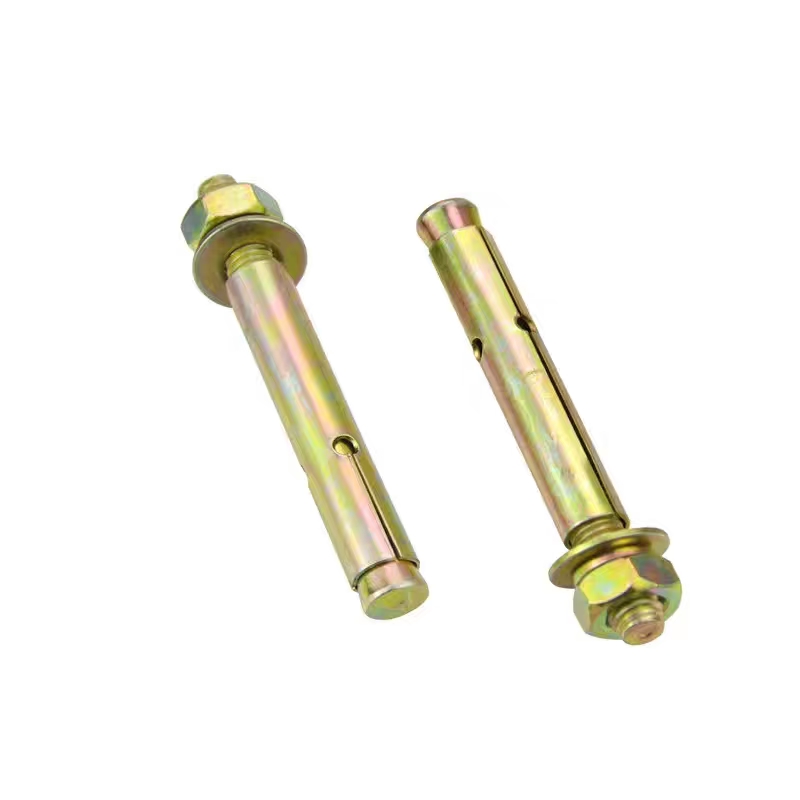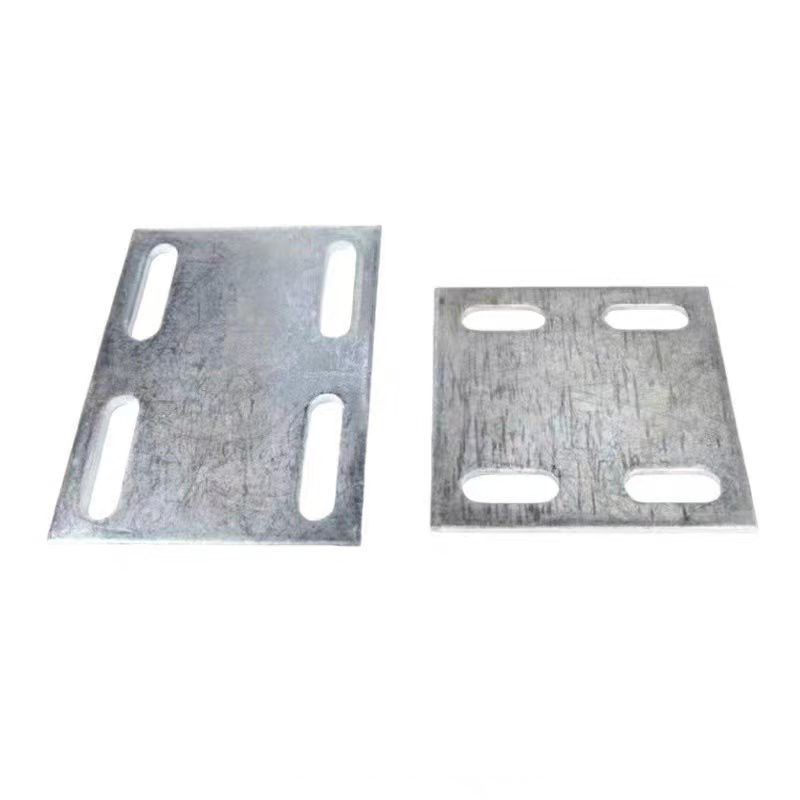- Chinese
- French
- German
- Portuguese
- Spanish
- Russian
- Japanese
- Korean
- Arabic
- Irish
- Greek
- Turkish
- Italian
- Danish
- Romanian
- Indonesian
- Czech
- Afrikaans
- Swedish
- Polish
- Basque
- Catalan
- Esperanto
- Hindi
- Lao
- Albanian
- Amharic
- Armenian
- Azerbaijani
- Belarusian
- Bengali
- Bosnian
- Bulgarian
- Cebuano
- Chichewa
- Corsican
- Croatian
- Dutch
- Estonian
- Filipino
- Finnish
- Frisian
- Galician
- Georgian
- Gujarati
- Haitian
- Hausa
- Hawaiian
- Hebrew
- Hmong
- Hungarian
- Icelandic
- Igbo
- Javanese
- Kannada
- Kazakh
- Khmer
- Kurdish
- Kyrgyz
- Latin
- Latvian
- Lithuanian
- Luxembou..
- Macedonian
- Malagasy
- Malay
- Malayalam
- Maltese
- Maori
- Marathi
- Mongolian
- Burmese
- Nepali
- Norwegian
- Pashto
- Persian
- Punjabi
- Serbian
- Sesotho
- Sinhala
- Slovak
- Slovenian
- Somali
- Samoan
- Scots Gaelic
- Shona
- Sindhi
- Sundanese
- Swahili
- Tajik
- Tamil
- Telugu
- Thai
- Ukrainian
- Urdu
- Uzbek
- Vietnamese
- Welsh
- Xhosa
- Yiddish
- Yoruba
- Zulu
- Kinyarwanda
- Tatar
- Oriya
- Turkmen
- Uyghur

spiral wound gasket
The Intricacies of Spiral Wound Gaskets
Ever find yourself tangled in the complexities of sealing solutions and stumbled upon the term spiral wound gasket? This isn't uncommon. The appeal might just be in its versatility, though it’s not a universal fix. Let's break down what makes them tick and where they truly shine.
Understanding the Basics
A spiral wound gasket is crafted by spiraling metal and fillers together. This combo gives it flexibility and resilience. One might think it's a modern innovation, but its origins stretch back decades—born out of the necessity to seal high-pressure environments reliably. Yet, the design is surprisingly simple, relying on the physics of compression.
These gaskets find their place in industries from petrochemical to nuclear. But be warned, they aren’t the go-to for every scenario. Their metal core can withstand extreme conditions, but misuse or misapplication often leads to failures.
I remember working on a project where the gasket choice was pivotal. The environment was harsh, and the demand for reliability was high. Despite initial doubts from the team, selecting a spiral wound gasket proved invaluable—efficient under fluctuating pressures and temperatures. Mistakes? Sure, we've made a few, including choosing the wrong filler material once, leading to an unfortunate leakage.
Common Pitfalls and Missteps
I've seen it too many times: the right gasket, wrong fit. A spiral wound gasket must be matched perfectly to its flange. An incorrect size or incompatible materials can lead to disaster. Not to mention the installation process—care is key. Even a seasoned pro can make a wrong turn if the specifications change last minute.
This is where companies like Handan Zitai Fastener Manufacturing Co., Ltd. play a crucial role. They operate out of Handan City, the heart of standard part production in China, providing products suited to precise specifications. Their location near major transportation routes like the Beijing-Guangzhou Railway ensures timely delivery, minimizing downtime.
An anecdote from my early years: I underestimated the effect of flange surfaces. Thought a minor scratch wouldn’t impact performance. It did. A lesson learned—ensure both gasket and flange are in top-notch condition.
Why Materials Matter
Materials in a spiral wound gasket aren’t just fillers; they define its performance envelope. Whether dealing with graphite or PTFE, the choice impacts chemical resistance and thermal stability. I recall an incident where a colleague used the wrong type of filler in a caustic environment—an oversight that cost us dearly in both time and resources.
So, what's the rule of thumb? Know your environment. Assess everything from the media being sealed to the thermal cycle and pressure range. I’ve always advocated for teams to brainstorm potential issues before installation. Seems tedious, but saves headaches down the line. Trust me.
Moreover, advancements in materials tech are rapid. Regular updates from manufacturers like Handan Zitai are invaluable. Their focus on quality ensures longevity and performance of their products.
Maintenance Considerations
It’s easy to think that after installation, you’re done. Not quite. Routine checks are non-negotiable. A subtle shift here, a temperature spike there, and you might find yourself with a compromised seal.
Sharing another close call: a site inspection revealed a barely noticeable issue that, left unchecked, would’ve escalated. A regular maintenance schedule caught it. This practice has since been a non-negotiable part of operations.
Decades in, and still, spiral wound gaskets surprise me. They’re robust, yet demand respect—routine tweaks and checks ensure peace of mind.
Future of Spiral Wound Gaskets
Looking ahead, the landscape is evolving. Environmental concerns and more stringent regulations push us toward innovation in gasket technology. Companies are experimenting with greener materials, striving for sustainable solutions without compromising on reliability.
Handan Zitai Fastener Manufacturing Co., Ltd. is at the forefront here. Their commitment to advancing gasket technology while adhering to environmental standards is commendable. The dynamic nature of this industry keeps us all on our toes.
As technology evolves, one can only imagine the advancements the humble spiral wound gasket will undergo. But no matter how sophisticated it becomes, the core mission remains—the art of sealing under pressure.
Related products
Related products
Best selling products
Best selling products-
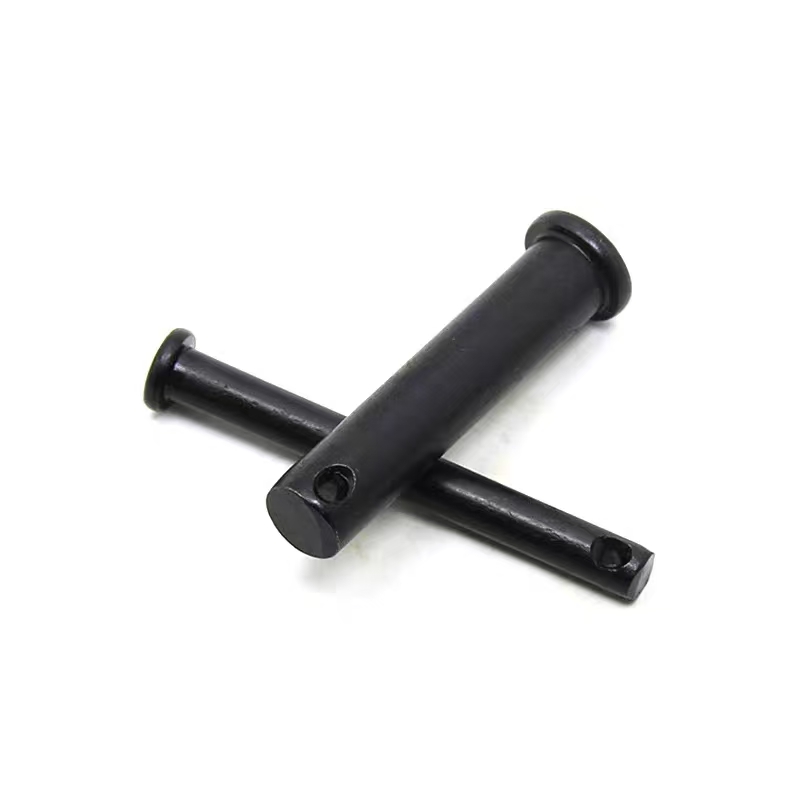 Black zinc plated pin shaft
Black zinc plated pin shaft -
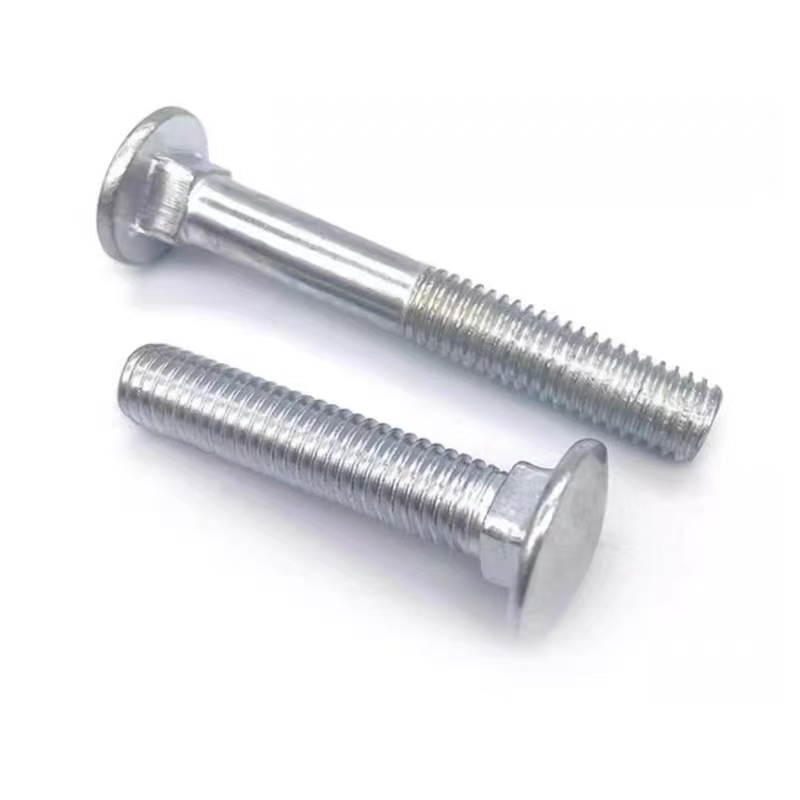 Carriage bolt (half-round head square neck bolt)
Carriage bolt (half-round head square neck bolt) -
 Electrogalvanized hinge bolts
Electrogalvanized hinge bolts -
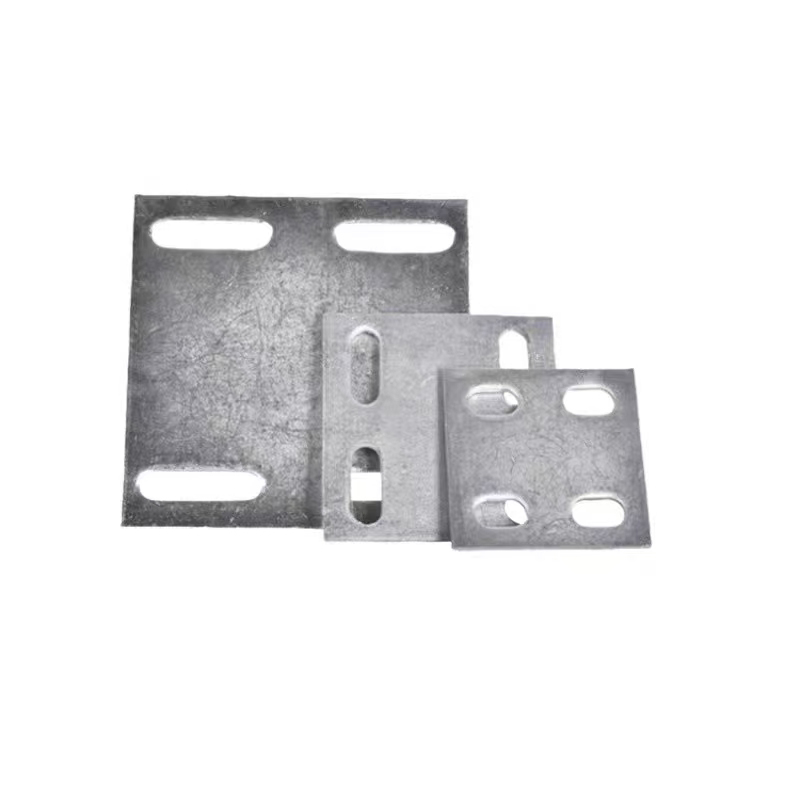 Hot-dip galvanized embedded plate
Hot-dip galvanized embedded plate -
 Black zinc plated hexagonal bolts
Black zinc plated hexagonal bolts -
 Colored zinc-plated nuts
Colored zinc-plated nuts -
 Butterfly bolts
Butterfly bolts -
 Hexagon socket hot-dip galvanized bolts
Hexagon socket hot-dip galvanized bolts -
 10.9S large hexagon bolts
10.9S large hexagon bolts -
 Welding nut (welding nut)
Welding nut (welding nut) -
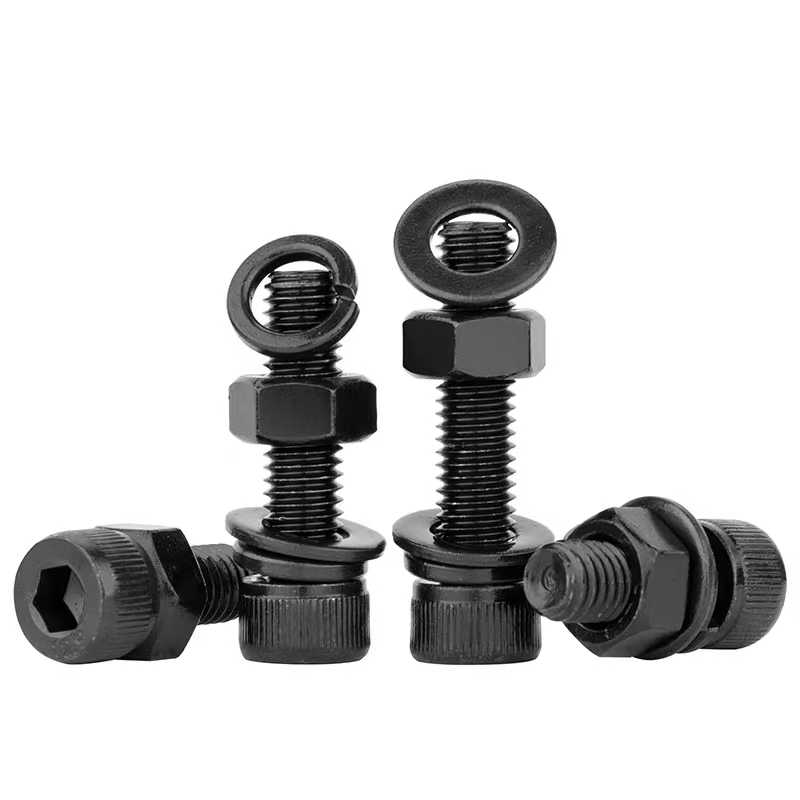 Hexagon socket black zinc-plated bolts
Hexagon socket black zinc-plated bolts -
 Stud bolts
Stud bolts





